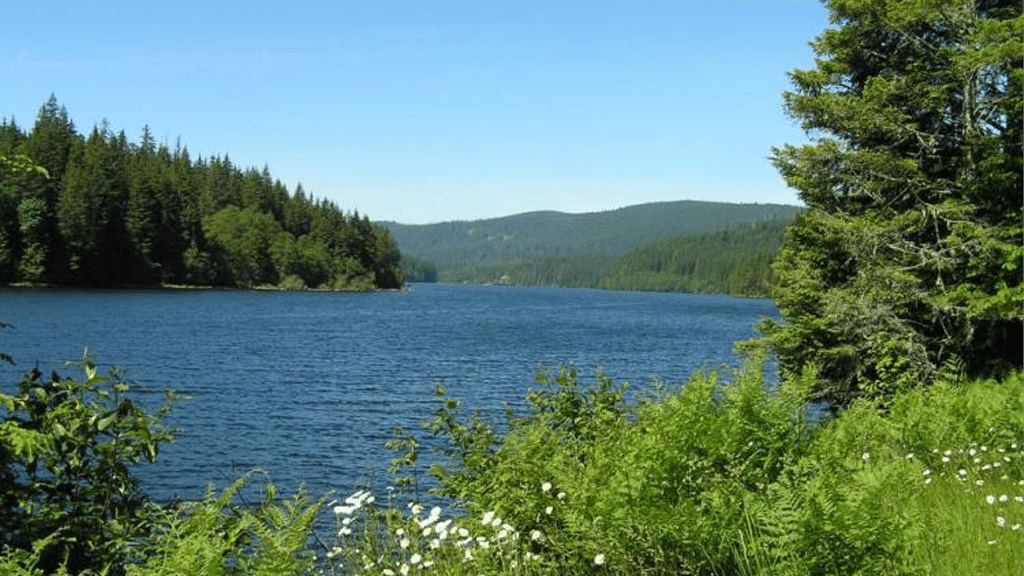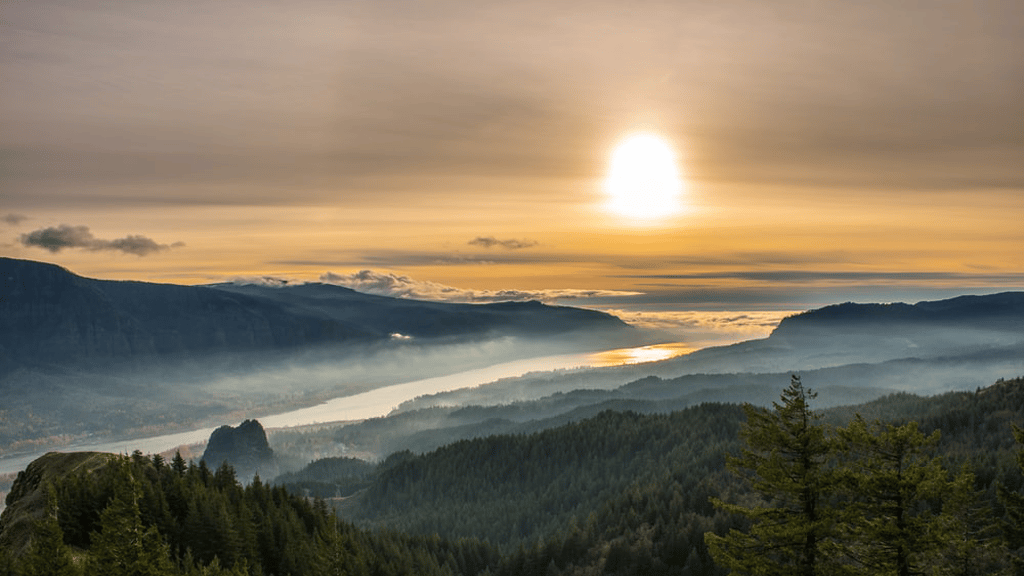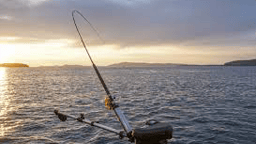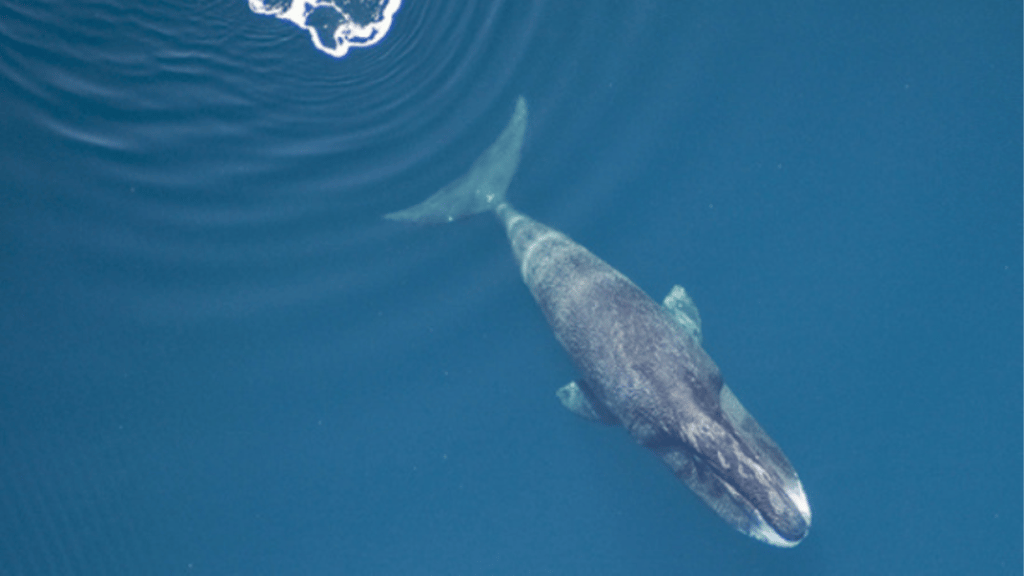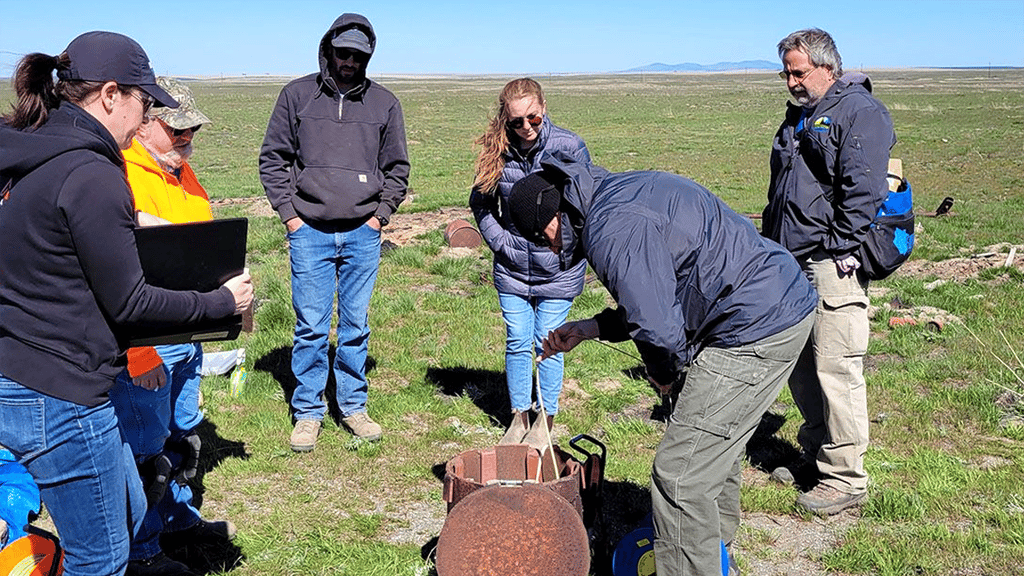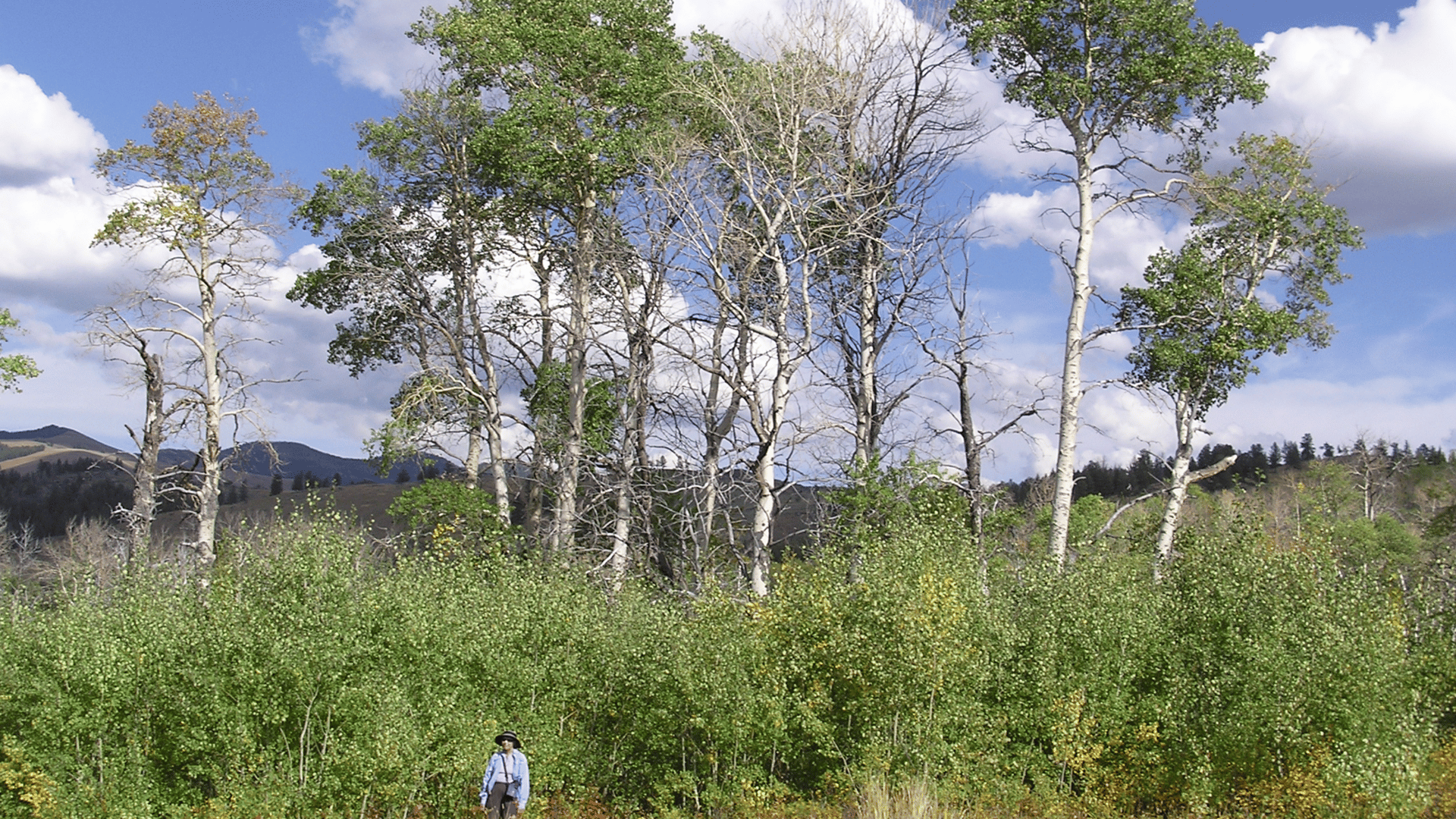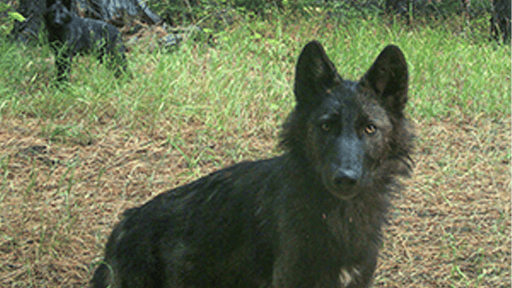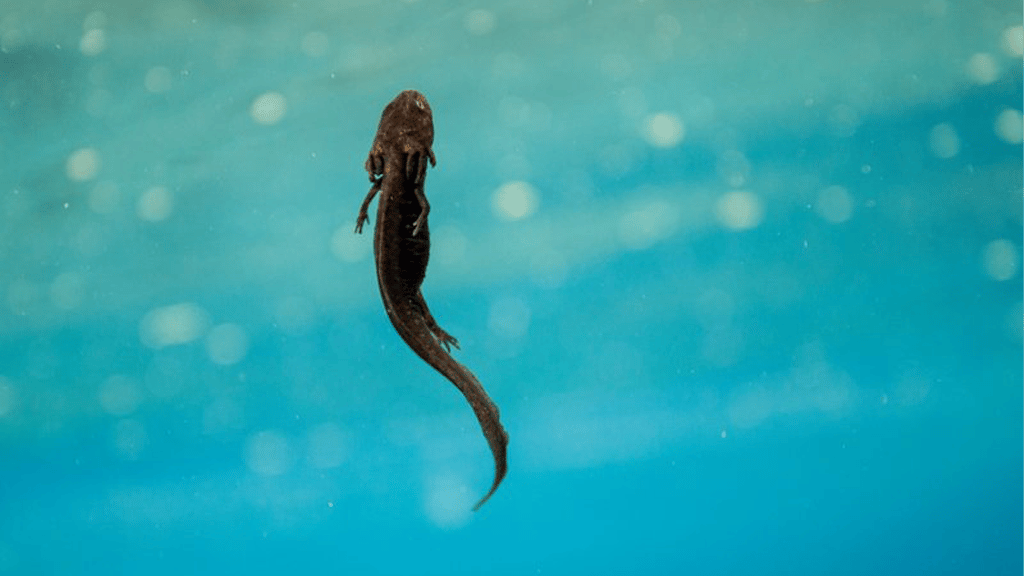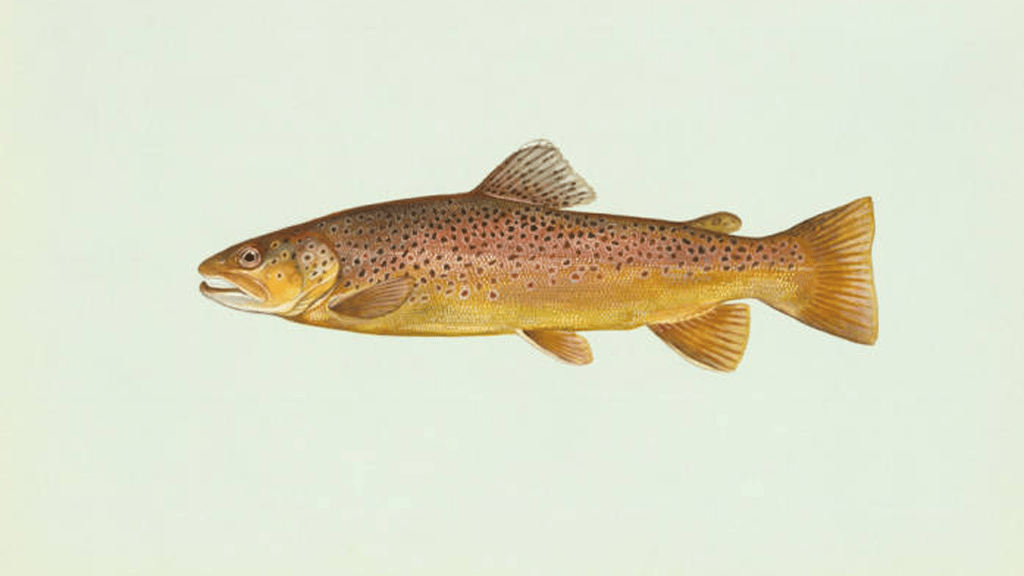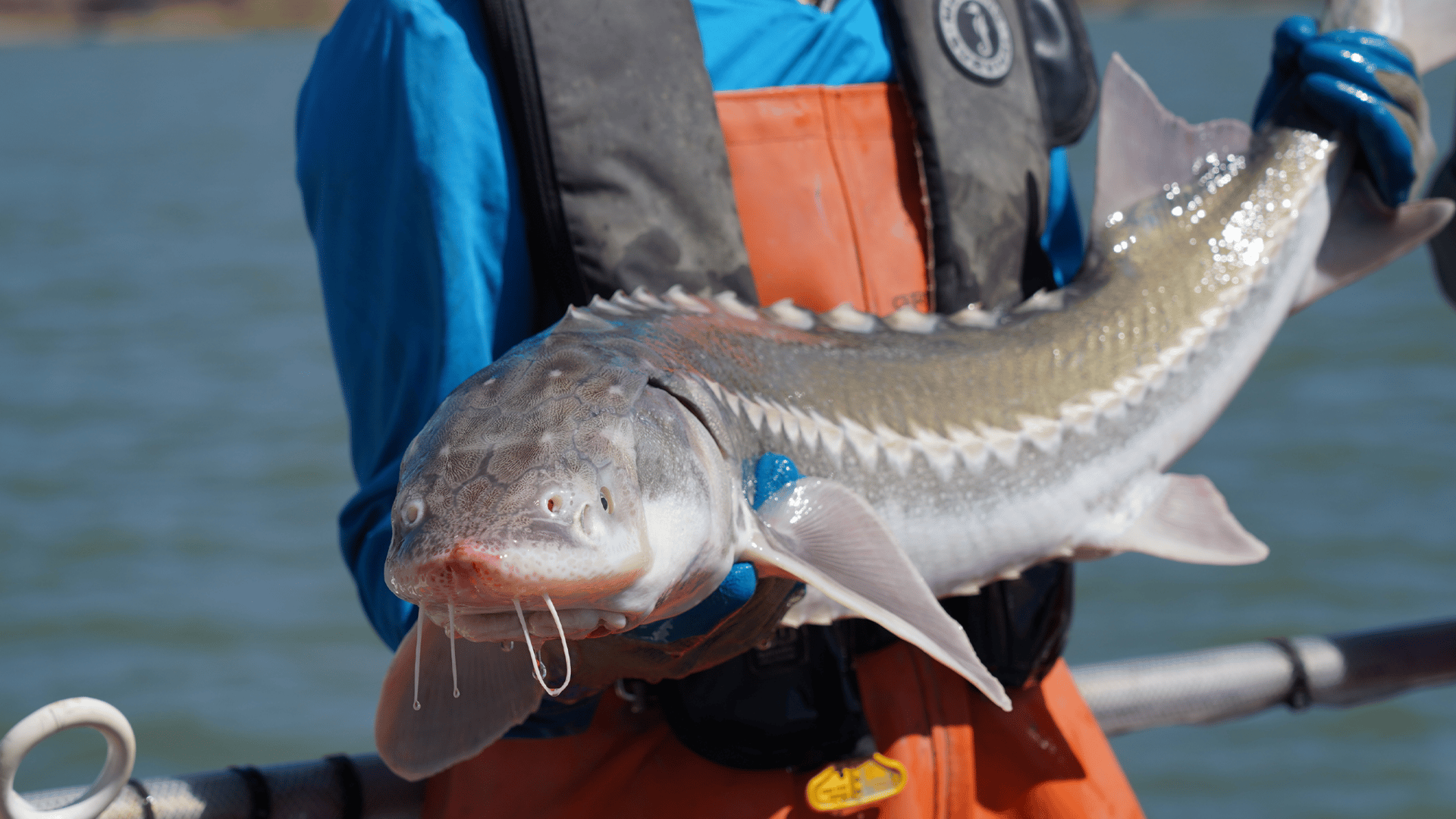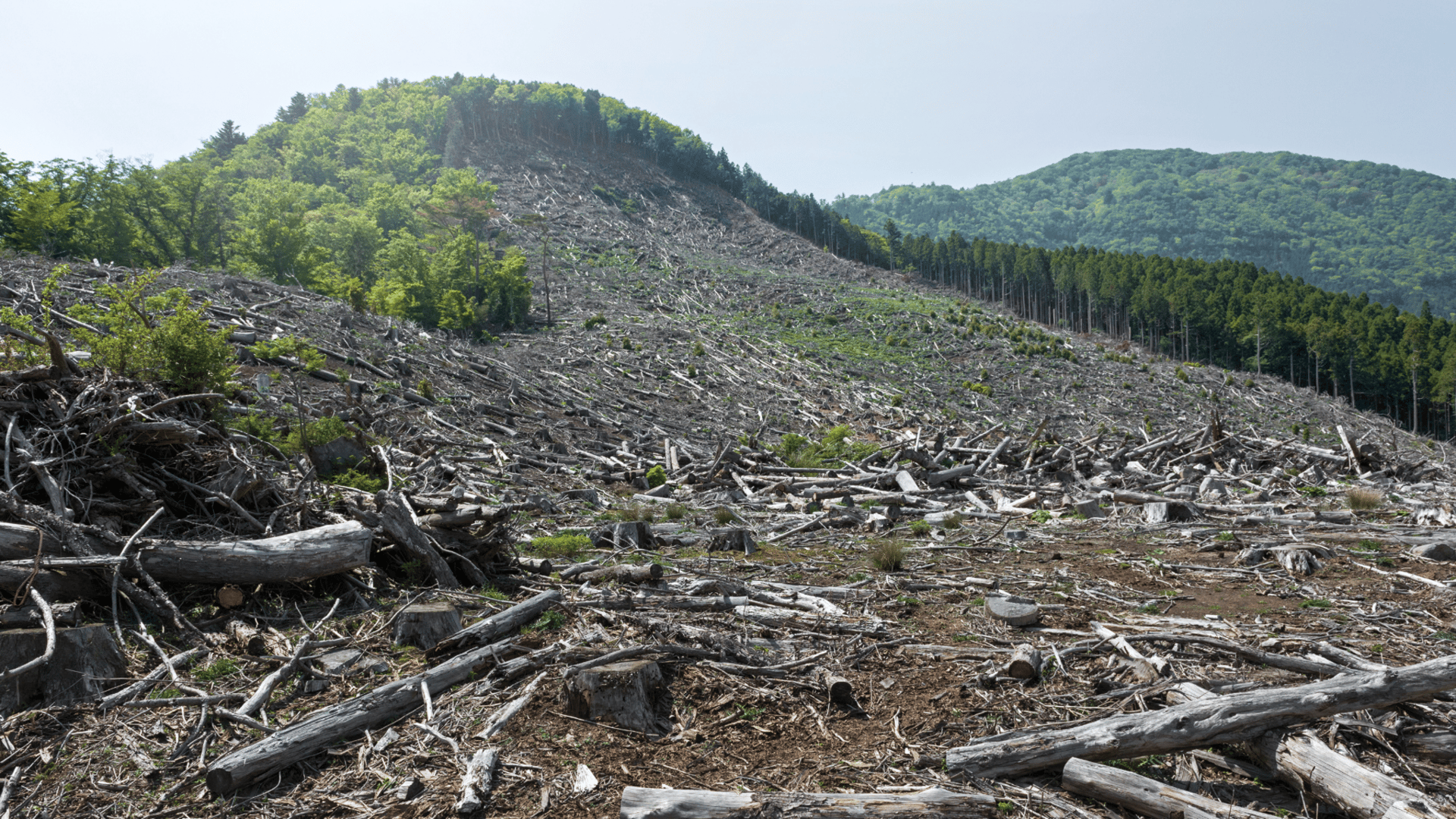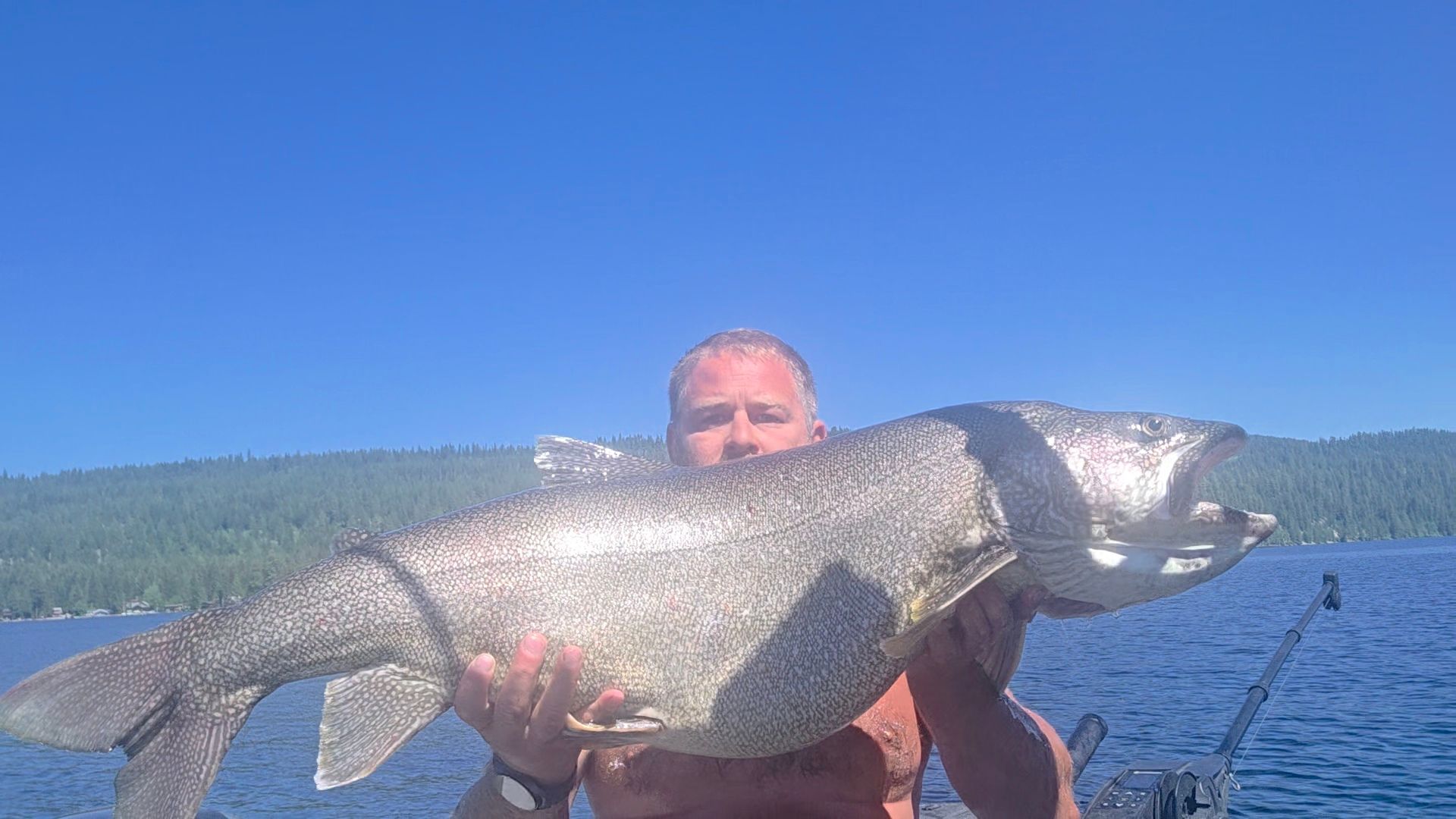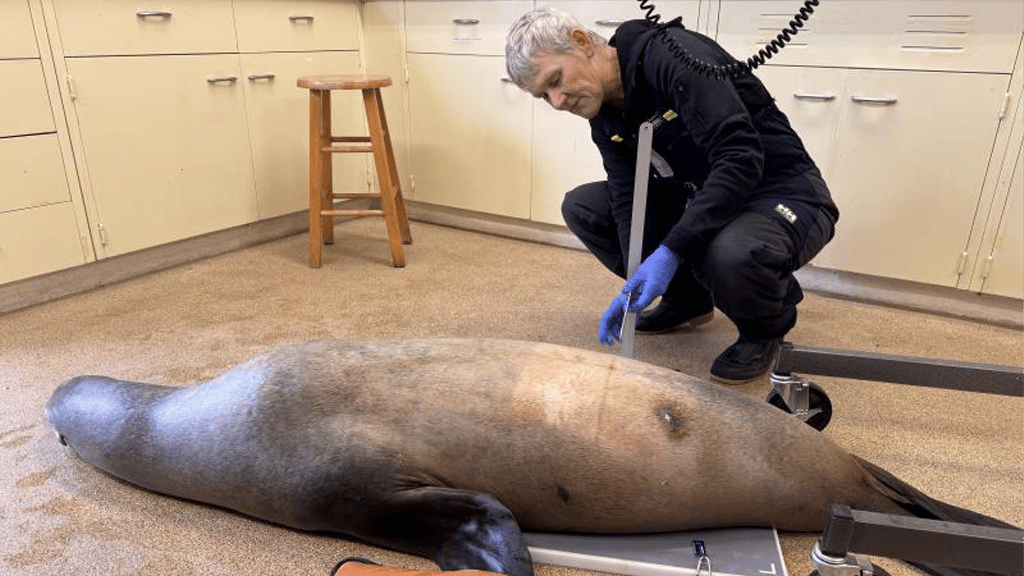- The Columbia Basin Bulletin
- Posts
- Columbia Basin Bulletin - July 26, 2025
Columbia Basin Bulletin - July 26, 2025
Habitat Restoration Research, Salmon Fish Return, Ocean Warming Affecting Toxin Levels... and more

In a review of 40 years of habitat restoration projects, a panel of fisheries scientists concluded that projects that remove barriers to salmon and steelhead, augment stream flows and add wood to give streams structure would likely achieve what they set out to do within a short period of time.
Oregon’s Democratic U.S. Sen. Jeff Merkley and U.S. Rep. Val Hoyle (D-OR) introduced the Columbia River Clean-Up Act to reauthorize the Columbia River Basin Restoration Program.
Oregon and Washington are transitioning Columbia River fisheries beginning Aug. 1 from a summer Chinook salmon run that has been the fourth lowest in the last 10 years to a fall Chinook run that is nearly 10 percent larger than last year.
Rising toxins found in bowhead whales, harvested for subsistence purposes by Alaska Native communities, reveal ocean warming is causing higher concentrations of algal toxins in Arctic food webs, according to new research published in the journal Nature.
Groundwater is declining across Eastern Washington’s complex, interconnected aquifer system, as people draw on it for irrigation, drinking and other uses at a pace that threatens its sustainability, according to a new study by a Washington State University researcher.
Yellowstone National Park is celebrating an ecological milestone along with a key anniversary this summer, Oregon State University researchers report.
Colorado Parks and Wildlife has confirmed three new wolf families — the One Ear, King Mountain and Three Creeks packs. They join the already established Copper Creek pack, which also welcomed new pups. While the total number of pups is still to be determined there are a minimum of four pups in the King Mountain pack.
The Center for Biological Diversity has sued the Trump administration for “delaying critically needed Endangered Species Act protections” for the Crater Lake newt. The newts live only in Oregon’s Crater Lake, and their population has crashed to as few as 13 animals in recent years because of the introduction of signal crayfish and warming lake temperatures from climate change, says the Center.
Montana Fish, Wildlife & Parks has confirmed the detection of a non-native brown trout in the Flathead River upstream of Pressentine Fishing Access Site near Evergreen, and anglers are encouraged to submit any additional brown trout caught within the drainage.
Recent results from white sturgeon monitoring surveys by the California Department of Fish and Wildlife suggest the white sturgeon population has continued to decline. CDFW fisheries biologists now estimate there are approximately 6,500 white sturgeon between 40-60 inches long in California — down sharply from the previous estimate of approximately 30,000 fish in that size range, based on the 2016-2021 survey average.
Clear-cutting can make catastrophic floods 18 times more frequent with effects lasting more than 40 years, according to a new University of British Columbia study.
Aaron Goettsche is no stranger to monster Lake Trout. An avid angler, fishing rod maker, and longtime veteran on Utah’s/Wyoming's famous Flaming Gorge Reservoir – a world-renowned fishery known for producing Lake Trout over 30 pounds and occasional giants up to 60 – Aaron knows what a trophy looks like.
A California man was sentenced on July 14 to 3 years in state prison for kicking and clubbing a stranded California sea lion, with a 4-foot-long piece of driftwood. The incident took place near the Ventura Pier in Ventura, California.
